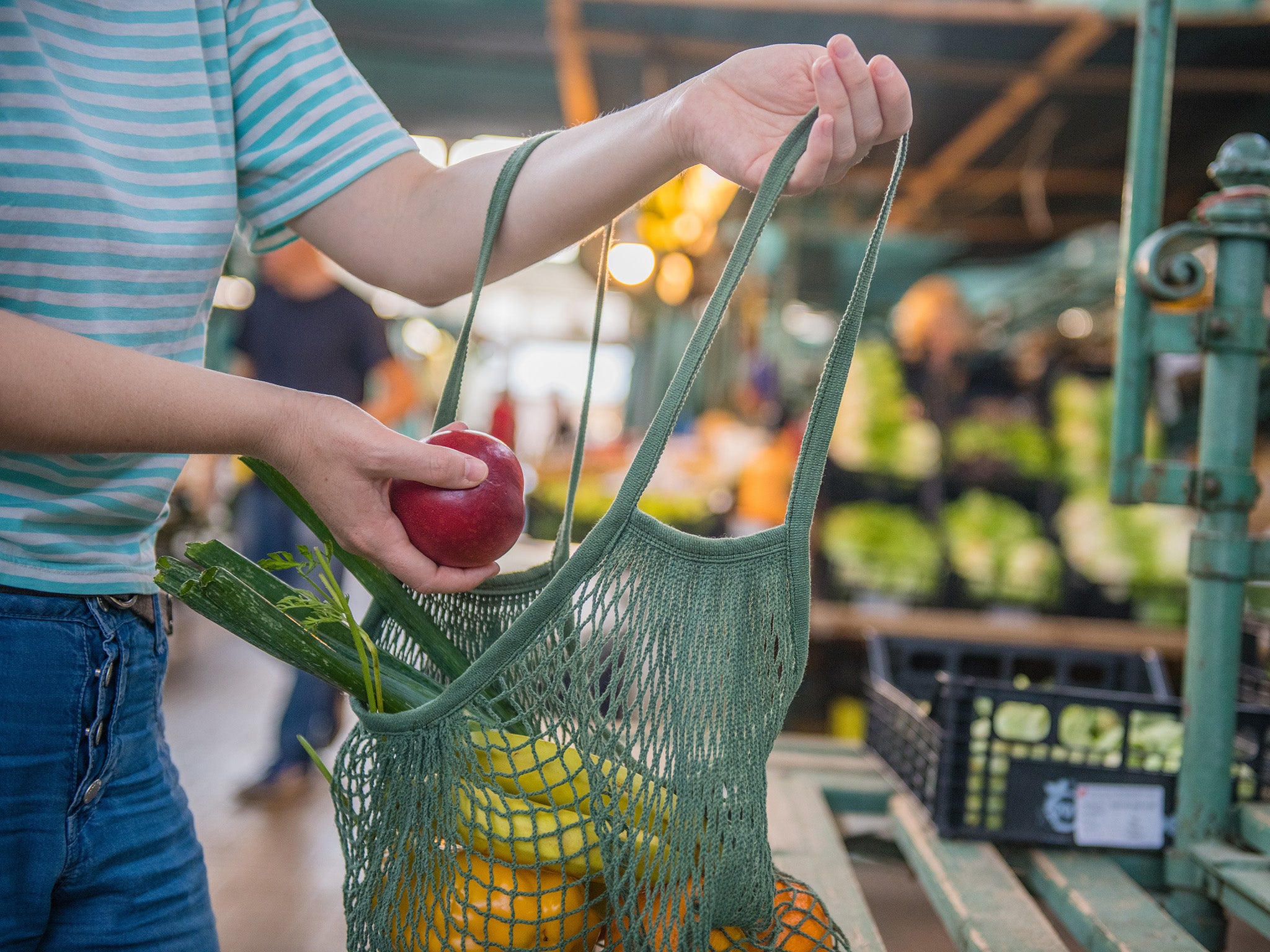20 pledges for 2020: Why buying British and eating with the seasons in the middle of winter is even harder than it sounds
After three weeks of living off root vegetables and spelt pasta, this is what I’ve learnt

Your support helps us to tell the story
From reproductive rights to climate change to Big Tech, The Independent is on the ground when the story is developing. Whether it's investigating the financials of Elon Musk's pro-Trump PAC or producing our latest documentary, 'The A Word', which shines a light on the American women fighting for reproductive rights, we know how important it is to parse out the facts from the messaging.
At such a critical moment in US history, we need reporters on the ground. Your donation allows us to keep sending journalists to speak to both sides of the story.
The Independent is trusted by Americans across the entire political spectrum. And unlike many other quality news outlets, we choose not to lock Americans out of our reporting and analysis with paywalls. We believe quality journalism should be available to everyone, paid for by those who can afford it.
Your support makes all the difference.It was while searching for Cornish-grown tea in London that it fully dawned on me how much of a challenge only eating seasonal British food for an entire year would be.
I found myself at the Fortnum and Mason tea counter — the only shop within a seven mile radius that had it in stock — to discover that said tea was £100 for 100g. Safe to say I quickly mumbled an apology and made a swift exit. I decided to stick to mint instead.
Aside from copius cups of herbal tea, my diet has revolved around root veg. I think I’ve probably eaten more turnips, parsnips and celeriac over the past two weeks than at any other point in my life. As many people have pointed out, I now pretty much have the diet of a peasant from the Middle Ages.
So three weeks into my climate pledge, here is what I’ve learnt.
Sticking to local, seasonal food has meant I’ve had a reason to go to all the small local markets I’ve been telling myself I’d visit more often. It’s been refreshing to speak to stall holders about their products and where they were grown, rather than aimlessly wondering the aisles of a supermarket trying to choose between 15 varieties of tinned tomatoes.
Last week, I bought a delicious rosemary sourdough that might be the best bread I’ve ever eaten and even managed to find pasta that was made in the UK using spelt (one of the oldest cultivated British grains). And as an added bonus, I never end up with a mountain of plastic packaging after my market trips.
Admittedly the things I’ve been buying at local markets have been slightly more expensive than at the supermarket. And the vegetables I get in my weekly veg box have cost significantly more.
But overall I think that has been balanced out by the fact I can’t get away with buying ready meals or pre-prepared food, as there’s no way of telling whether all the ingredients are locally sourced. That said, if you already cook all of your meals at home switching to local food will probably cost you more.
Eating well when you can only eat what’s in season in the middle of January is proving far more interesting. Perhaps the hardest part of sticking to my pledge has been avoiding spices. It just feels wrong. And I’m dreading the point when I run out of the black pepper I bought before January.
I’m also thoroughly fed up of apples and pears — the only fruit I’ve found I can eat. While not technically in season with most stored since being picked in the autumn, I thought I would make an exception to get at least some fruit in my diet.
Of course I know there are more than enough British products out there to sustain anyone, it’s just a case of figuring out to make the best use of what’s in season.
It was after a meal at Franklin’s, a seasonal restaurant which serves dishes made with Kent farm vegetables and rare-breed meats, that I was inspired to cook more adventurous meals using British ingredients. A mackerel salad followed by rainbow trout with kale and beetroot followed by a panna cotta with local honey and quince proved that British food doesn't need to be bland. So far I’ve been pleased with the root veg soups I’ve whipped up, as well as a leek crumble and a butternut squash and butter bean stew.
Luckily going to the pub has not been an issue thanks to the recent boom in craft beer and gins. And after my pasta discovery I’m finding there are more British substitutes for imported products out there than I previously imagined.
But it’s safe to say I already can’t wait till the spring when I can branch out from root veg. Let’s just hope I avoid scurvy from a lack of citrus fruits before then.
If you eat and drink primarily local and seasonal food, what suggestions do you have for reasonably-priced UK food and drink I should be trying? And what exceptions do you make?
Join our commenting forum
Join thought-provoking conversations, follow other Independent readers and see their replies
Comments